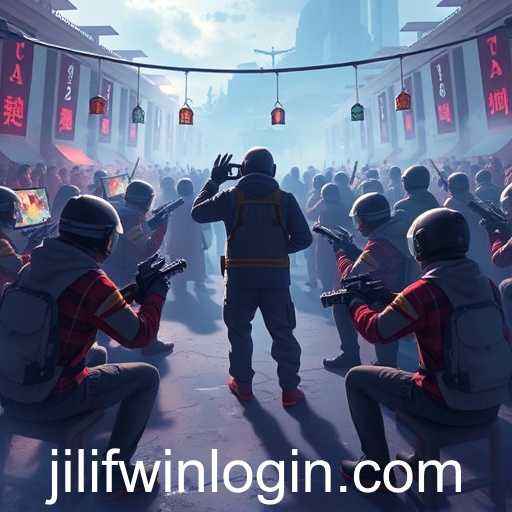The multiplayer gaming revolution has fundamentally transformed how players interact in the digital realm. With the advent of increasingly sophisticated technology, games no longer exist in isolation, cutting players off from each other. Today, the multiplayer category is a vital component of any gaming platform or website, fostering connections across continents and creating global communities.
One intriguing aspect enriching the landscape of multiplayer gaming is the emergence of niche keywords like 'jilif'. While this term may be unfamiliar to many, within particular gaming circles, 'jilif' has garnered significant attention. Keywords like this can serve as rallying points, bringing together players with similar interests or strategies, thus enhancing the communal aspect inherent in multiplayer games.
Multiplayer games are not just about player vs. player combat but encompass a broad spectrum of interactions, ranging from cooperative missions to expansive world-building exercises. Titles like 'Among Us', 'Fortnite', and 'World of Warcraft' exemplify the diversity within the multiplayer realm. Each franchise allows players to explore different ways of interacting—whether through complex strategy and coordination or fast-paced, competitive gameplay.
The keyword 'jilif' might be associated with a specific in-game event, a community initiative, or even a meme that has found resonance with a dedicated audience. In the vast digital playgrounds of multiplayer games, such elements add layers of meaning and engagement. Players often forge tighter bonds around shared experiences and insider knowledge, which these keywords often symbolize.
It is within these nuanced interactions that the 'Multiplayer' category distinguishes itself. Unlike single-player games, where narrative and progression are driven by the player's isolated journey, multiplayer experiences emphasize collective advancement and frequently celebrate shared triumphs. Indeed, victory in multiplayer gaming is rarely solitary; it's a widespread celebration among teams, clans, or guilds.
The educational potential of multiplayer gaming further underlines its importance. Educators are beginning to recognize how multiplayer elements can facilitate learning through collaboration and strategy development. This intersection of education and gaming may still be in its infancy, but it holds a promising future for engaging students in novel and interactive ways.
In conclusion, the 'Multiplayer' category stretches far beyond its perceived boundaries of entertainment. It's an evolving ecosystem where collaboration, competition, and community converge. Terms like 'jilif' highlight the niche yet impactful trends within this space, serving as a testament to the rich and varied tapestry of experiences multiplayer gaming offers. As technology continues to evolve, so too will the opportunities for players to connect, collaborate, and discover new dimensions of play.








